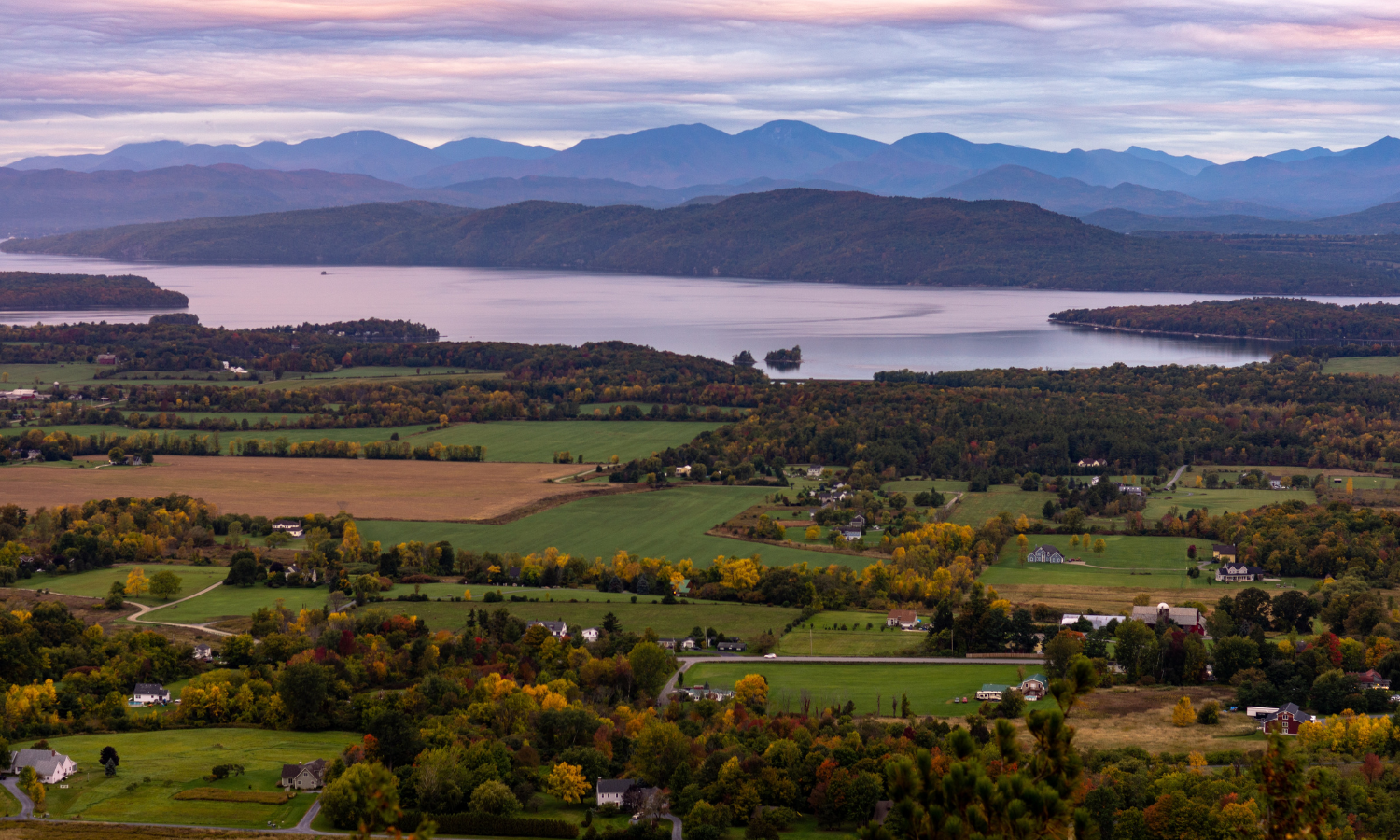A historic storm recently dumped nearly nine inches of rain on parts of Vermont. With more than 1.2 million acres of the state’s land devoted to food and agriculture, the flooding is devastating farmers.
Since the storm hit, The Northeast Organic Farming Association of Vermont (NOFA-VT) has heard from 89 farms around Vermont who reported impacts from severe flooding. The damage ranges from losses in fields to complete destruction of entire farms.
“The damage is really profound,” Grace Oedel, Executive Director of NOFA-VT tells Food Tank. “It didn’t hit all farmers, but the farmers it hit, it hit really hard.”
According to the National Oceanic and Atmospheric Administration (NOAA), The intense and widespread rainfall that occurred in under 24 hours had less than a 1 percent chance of occurring in that part of the country. As localized flooding, washouts, and road closures intensified across Vermont on the first day of the storm, Governor Phil Scott declared a State of Emergency.
The food and agriculture sectors contribute US$19.3 Billion to Vermont’s economy, according to the organization Feeding the Economy. The localized devastation to farms across the state means an immense economic loss on both local and state levels.
“There are layers of impact that we’re not even beginning to address yet,” Oedel says. “There’s the initial loss to income and loss to employment this season. But there’s also the loss to limited income eaters who were on food access programs receiving some of this food. There’s loss to the land itself, questions of contamination, what rebuilding will look like.”
Some farmers are just beginning to get out into their fields to assess the damage, while others are still waiting for their properties to drain. According to Oedel, it will be weeks before they know the full extent of the damage.
But Oedel says that farmers continue to find hope in the strength of Vermont’s community. “Resilience is in diversity and is in community,” Oedel tells Food Tank. “We have farmers supporting each other really intensely. And by having diversified farms and growing diversified crops in various ecosystems and in various parts of the state, we’re much more resilient than if we only had people growing one thing, in one way, in one location.”
Hot temperatures in early spring, a frost in May, and poor air quality because of Canadian wildfires throughout June led to a turbulent growing season for many of Vermont’s producers. Oedel says the recent historic flooding has only solidified growing concerns about a potential “climate catastrophe” in Vermont’s agricultural community.
While the magnitude of damage is still unknown, state authorities, local organizations and volunteers are already looking towards recovery.
“There’s a lot of harm mitigation that needs to happen right now,” Oedel says. “We need to stand up for farmers and farm workers and low-income folks who just lost access to some important food.”
The state agriculture department put out a disaster response and recovery resources list just two days after the onset of floods. The resource aims to consolidate all of the information available for farmers right now, including how to report losses and specific guidelines for dairy, meat, and produce operations.
Community organizations including The Northeast Organic Farming Association of Vermont, Intervale Center, The Vermont Community Foundation, and the Center for Agricultural Economy are leading efforts to provide immediate relief funding to farmers while federal relief gets sorted out. The Vermont Garden Network has also compiled a list of resources for gardeners outlining the first steps towards garden recovery.
President Biden has also approved emergency relief aid. Assessors from the Federal Emergency Management Agency (FEMA) began inspecting hard hit areas of Vermont six days after the storm. They will determine which Vermont counties qualify for Individual Assistance aid through President Biden’s disaster declaration. Yet Oedel anticipates that most of the funding will go towards municipalities to rebuild infrastructure, and might not ever reach the farming community.
Oedel is calling upon Vermonters to show up for their local farmers through donations or volunteering. With most emergency shelters throughout the state now empty, the focus for volunteers has shifted to providing food and water to those who still need it and helping to repair infrastructure.
“This is an all of us issue,” Oedel tells Food Tank. “It’s affecting farmers, but all of us are eaters and all of us need food and clean water. So we stand with our farmers in solidarity, because in part, our own nourishment is bound up in all of this.”
Articles like the one you just read are made possible through the generosity of Food Tank members. Can we please count on you to be part of our growing movement? Become a member today by clicking here.
Photo Courtesy of Kevin Davison, Unsplash










